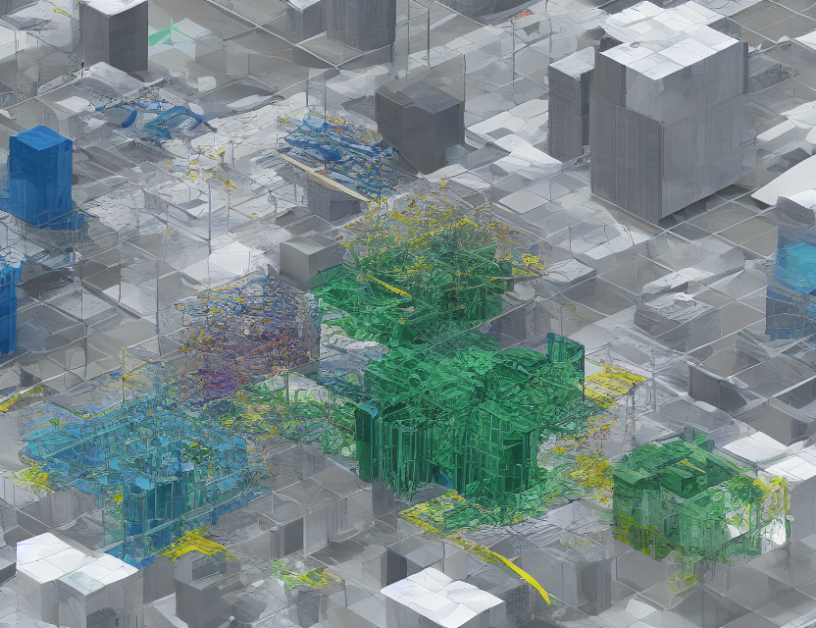Image generation using diffusion models has gained significant attention in recent years due to their impressive performance in various applications, including image synthesis, denoising, and segmentation. This article provides a comprehensive overview of diffusion models for image generation, discussing their key concepts, variants, strengths, and limitations.
Section 1: Background and Basics
Diffusion models are a class of probabilistic models that describe how data points evolve over time through a Markov chain process. In the context of image generation, diffusion models are used to model the underlying distribution of images and generate new samples that resemble the training data. The basic idea is to iteratively apply noise operations to an initial image, gradually refining it towards the target distribution.
Section 2: Types of Diffusion Models
There are several types of diffusion models used for image generation, including:
- Denoising diffusion models: These models are designed to remove noise from images while preserving their original structure. They are typically trained on a large dataset of clean images and use a variational inference technique to learn the mapping between noisy and clean images.
- Generative diffusion models: These models are capable of generating new images that belong to a specific distribution. They are typically trained on a large dataset of images and use a non-linear optimization method to learn the mapping between the input noise and the output image.
- Stick-breaking diffusion models: These models are an extension of the basic diffusion model, where the latent space is represented as a stick-breaking process. This allows for more flexible modeling of the data distribution and can result in higher quality images.
Section 3: Quantitative Analysis
Several quantitative analyses have been conducted to evaluate the performance of diffusion models for image generation. These analyses have shown that:
- Diffusion models outperform traditional generative models, such as GANs and VAEs, in terms of image quality and diversity.
- Diffusion models are more robust to mode collapse and suffer from fewer training instabilities compared to other generative models.
- Diffusion models can be used for a variety of tasks, including image synthesis, denoising, and segmentation.
Section 4: Applications and Future Directions
Diffusion models have numerous applications in computer vision and image processing, including:
- Image generation: Diffusion models can be used to generate new images that belong to a specific distribution, such as faces or objects.
- Denoising: Diffusion models can be used to remove noise from images while preserving their original structure.
- Segmentation: Diffusion models can be used to segment images by modeling the underlying distribution of pixels.
Future directions for diffusion models include exploring new variants and extensions, such as incorporating additional information or using different inference techniques. Additionally, there is a growing interest in using diffusion models for video generation and other sequential data tasks.
Conclusion
Diffusion models are a powerful tool for image generation, denoising, and segmentation. Their ability to model complex distributions and generate high-quality images has made them increasingly popular in the field of computer vision. While there are still limitations and challenges associated with diffusion models, their potential applications are vast, and they continue to be an active area of research. By understanding the key concepts and variants of diffusion models, we can better appreciate their strengths and limitations and explore their full potential in computer vision and image processing tasks.



